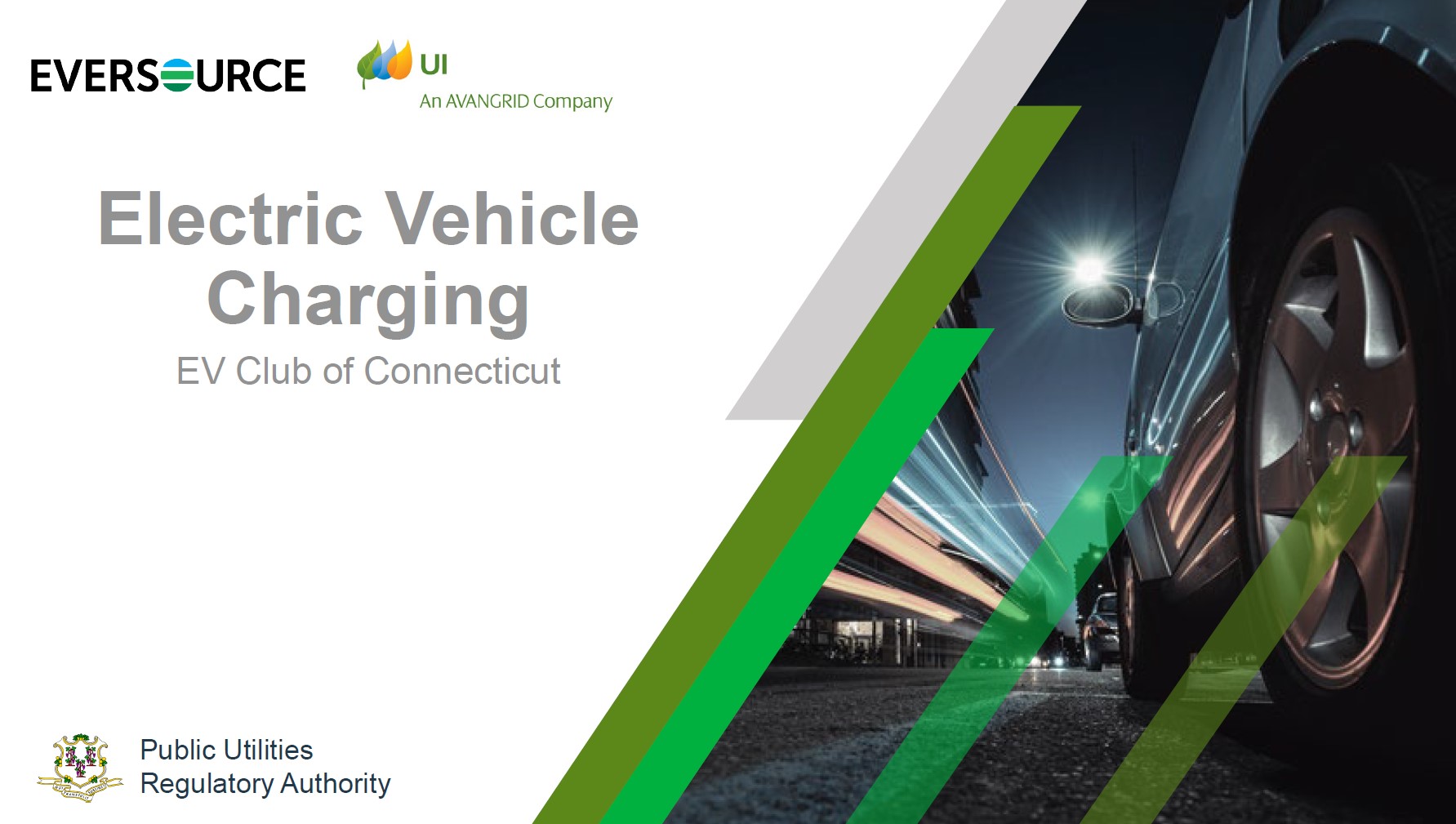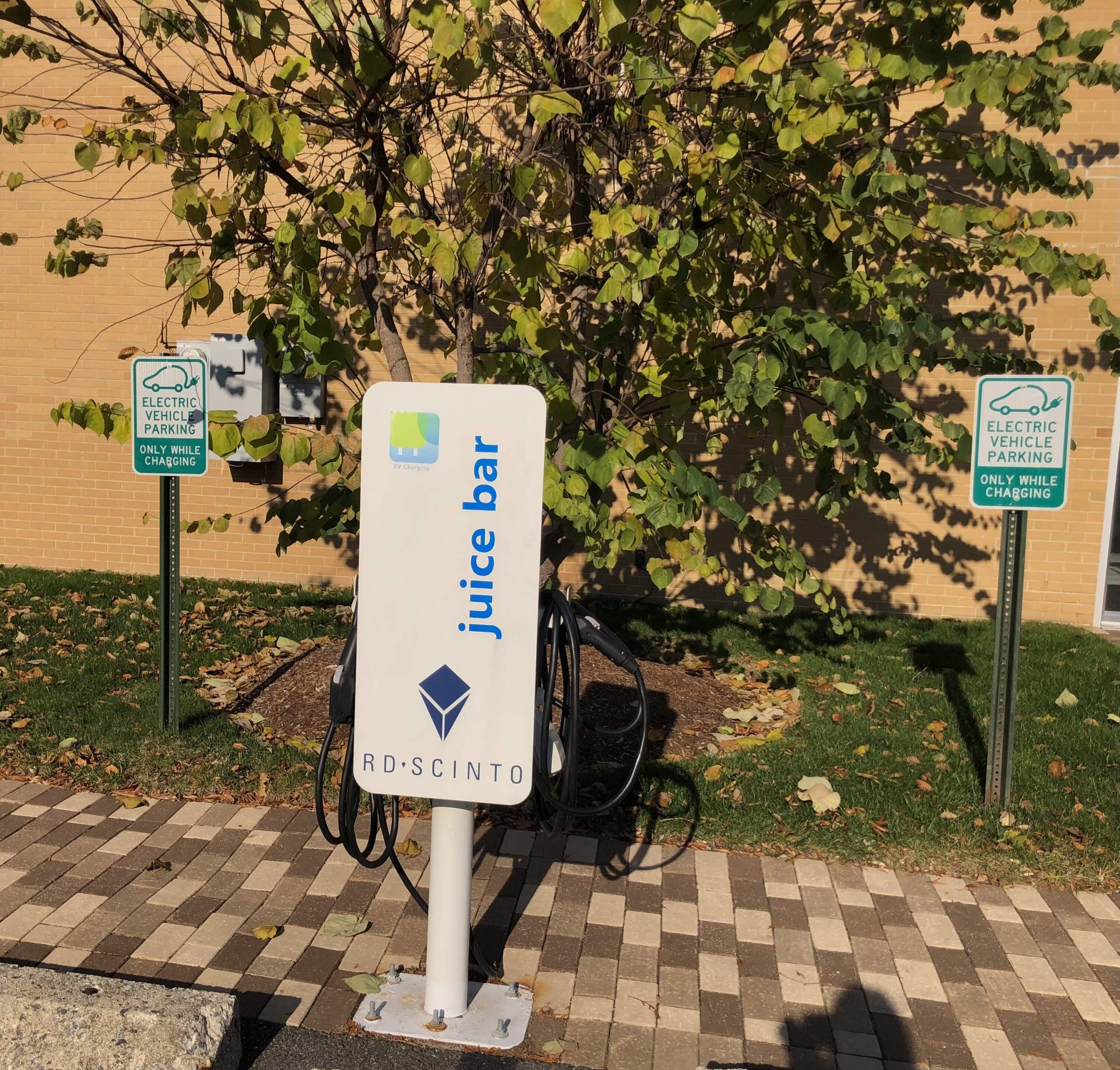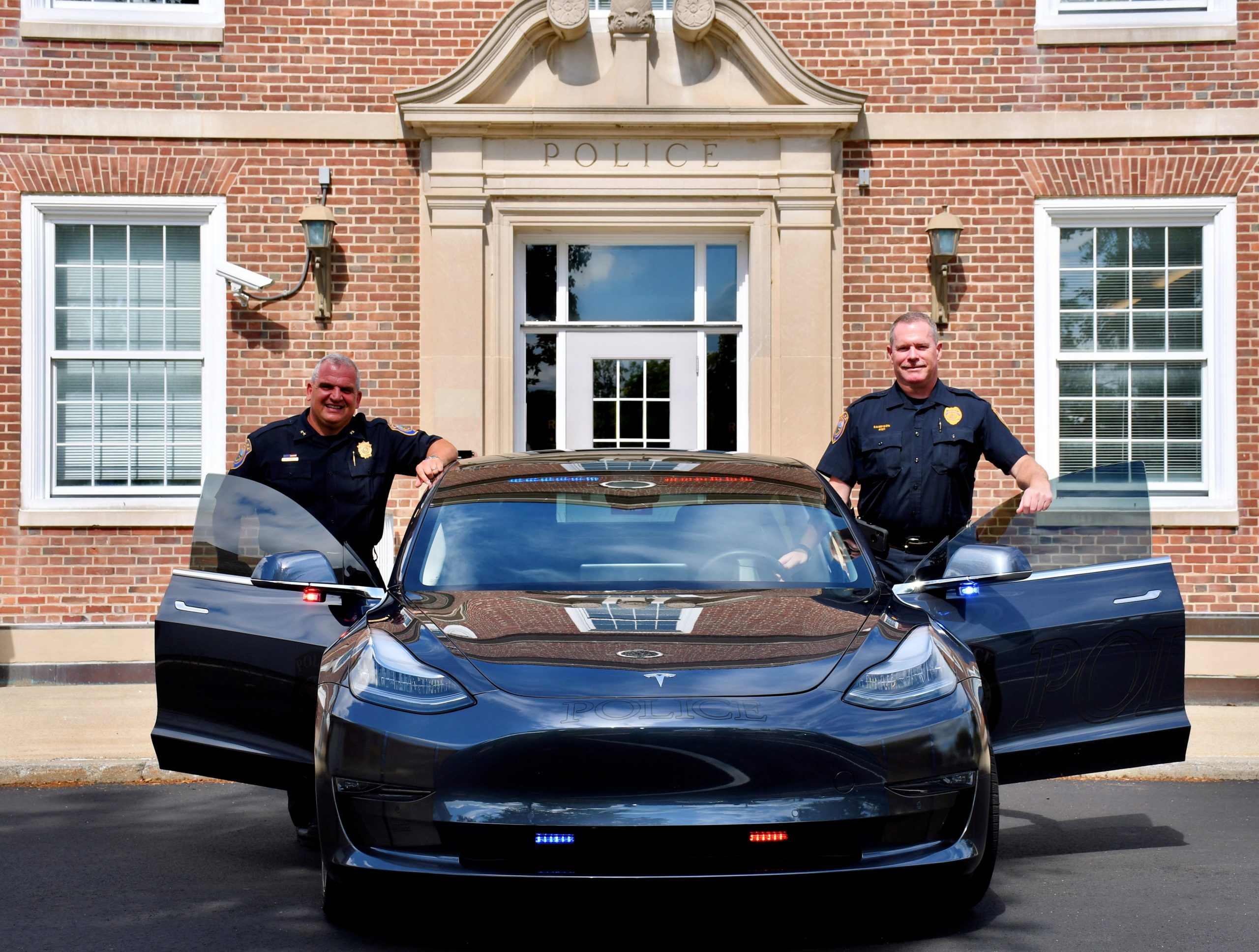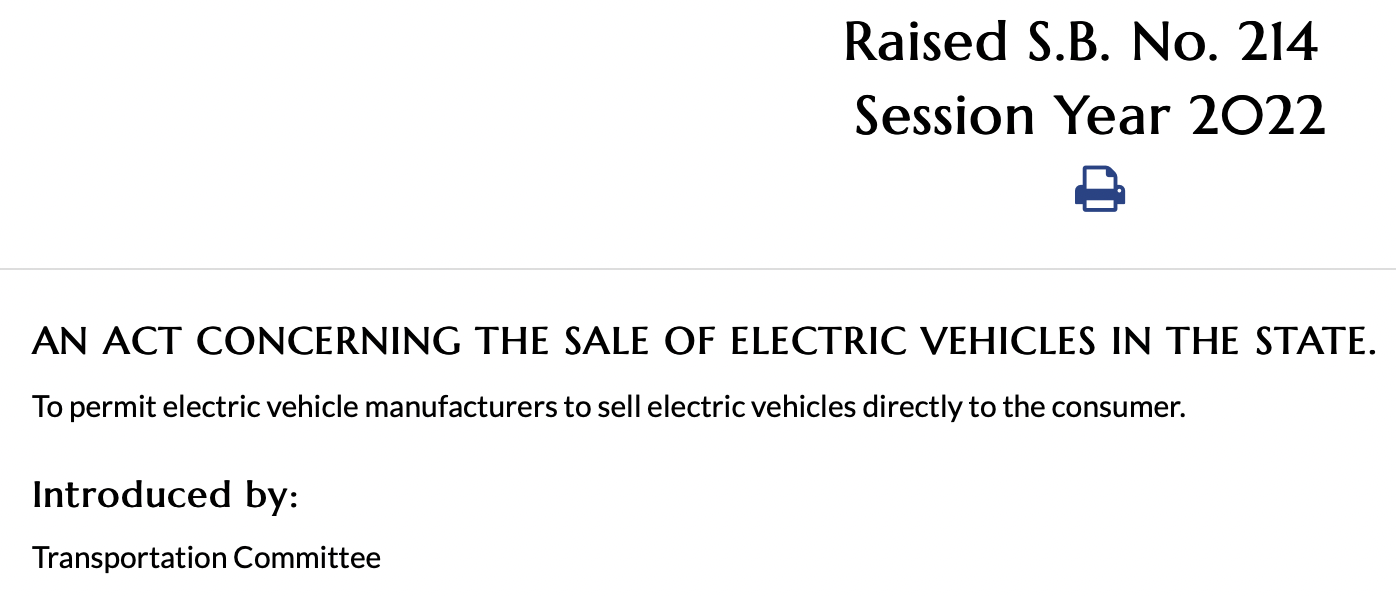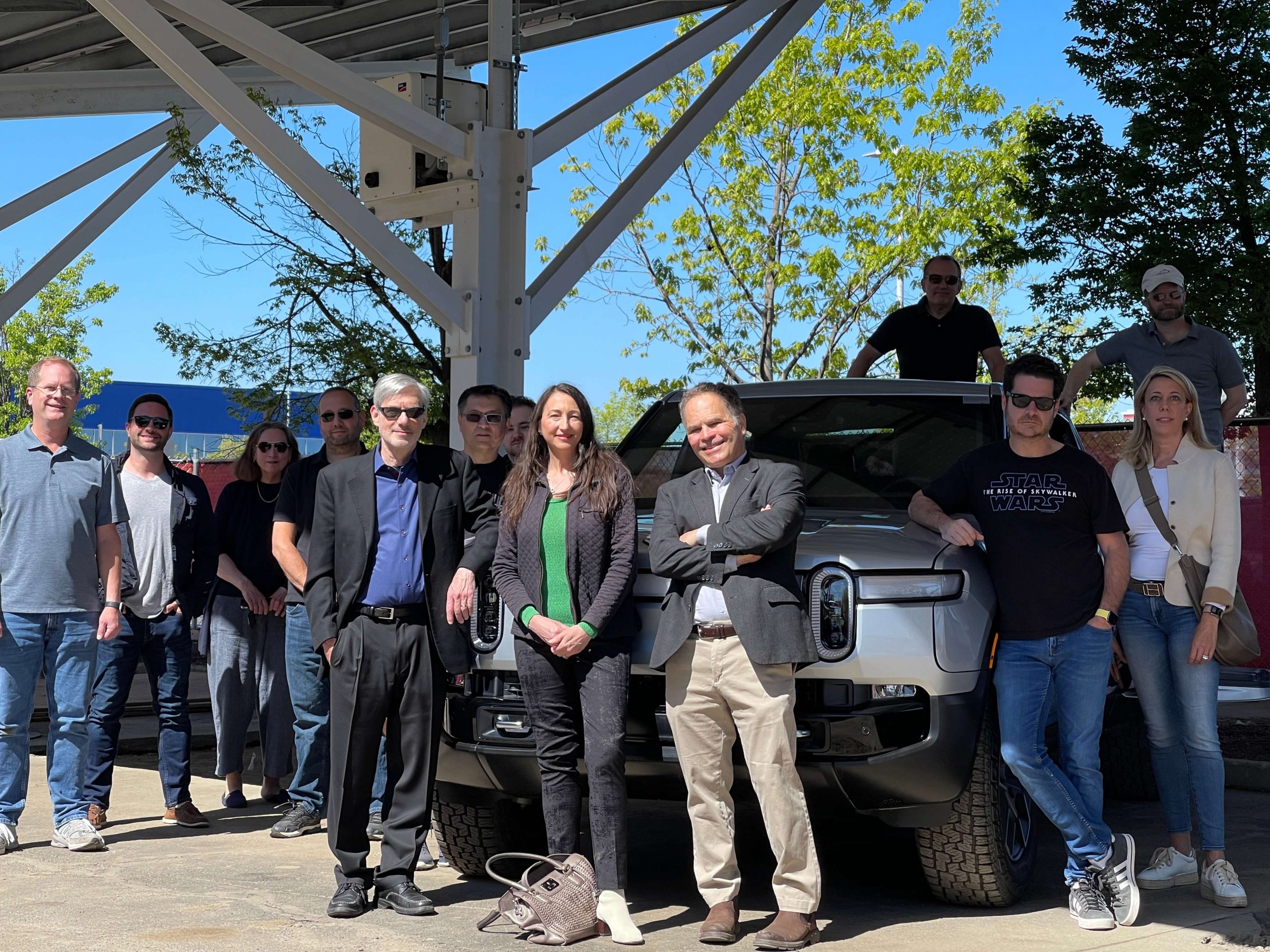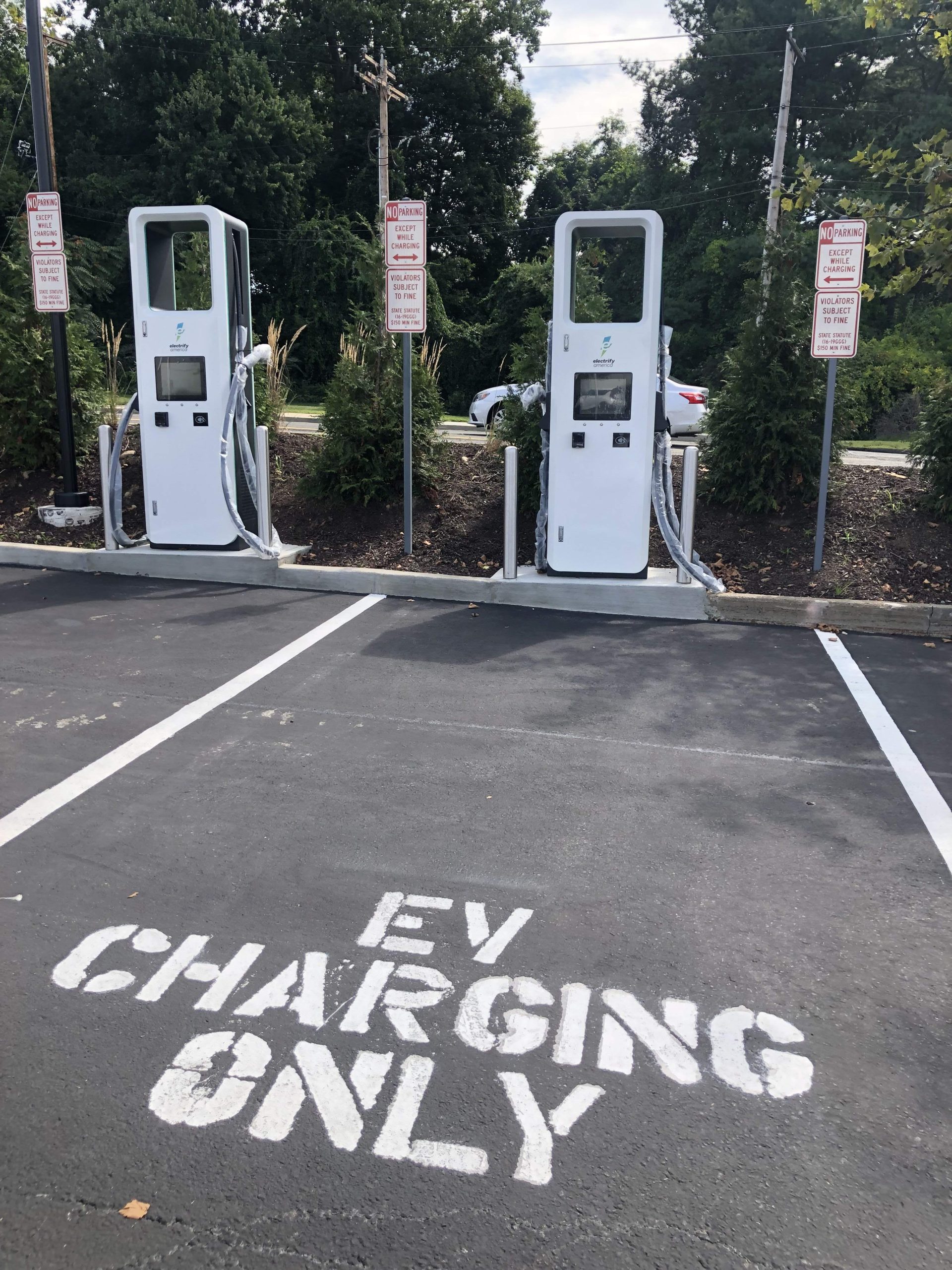Policy
A Return Engagement With Eversource and United Illuminating
Commercial and Multi-Family Residential Is the Focus The two major Connecticut electric distribution companies (EDCs), Eversource and United Illuminating, will speak to the club at a virtual meeting to be held on May 10th at … Read more
SB-4 Passes the Legislature
Major Changes to CHEAPR Incentive Program Coming The big environmental omnibus bill with 16 parts to it passed the legislature today. It awaits the signature of the governor. CHEAPR Highlights Eliminates the program’s sunset date, … Read more
Westport Directive To Purchase EVs
A Directive to Consider Vehicle Emissions Prior to Acquiring a Vehicle Westport has been a leader in electric vehicle acquisition, both in terms of its residents making it the number one Connecticut city in EVs … Read more
The Tribulations of Buying An EV From A Dealership – Lived Experience
This is an email that was sent to the EV Club on March 9, 2022 by a member, Svetlana Wasserman, from Greenwich. It is the text of a letter that she sent to her CT … Read more
Changes Coming to CHEAPR?
Help Needed to Remedy Persistently Low Rebate Levels As can be seen in the chart at the top, the rebate count for January was exceedingly low with only 40 rebates, just over half of the … Read more
If You Want To Get a Tesla in Connecticut, Go to Hertz
Post by Barry Kresch Photo: EV Club members with a pre-production Rivian R1T Consumers Must Leave the State to Buy an EV Not Sold Through a Dealership If a consumer wants to go electric and … Read more
Webinars Scheduled for EV Charging Incentive Information
EV Charging Incentive Webinars Eversource and United Illuminating are doing a series of webinars about the new incentives, the first of them only hours from this posting. They will cover similar ground as the session … Read more
Utility Charging Incentive Follow Up
We have been following up with the utilities on some of the outstanding questions. These are some specific items that came up at the meeting where the information was not available or incomplete. These are … Read more
Recap of EV Charging Incentive Meeting
EV Charging Incentives Public Utilities Regulatory Authority (PURA) and United Illuminating presented virtually on Jan. 25th. The program took effect on Jan 1, 2022. It includes residential, commercial, workplace, and fleet incentives. There are a … Read more

